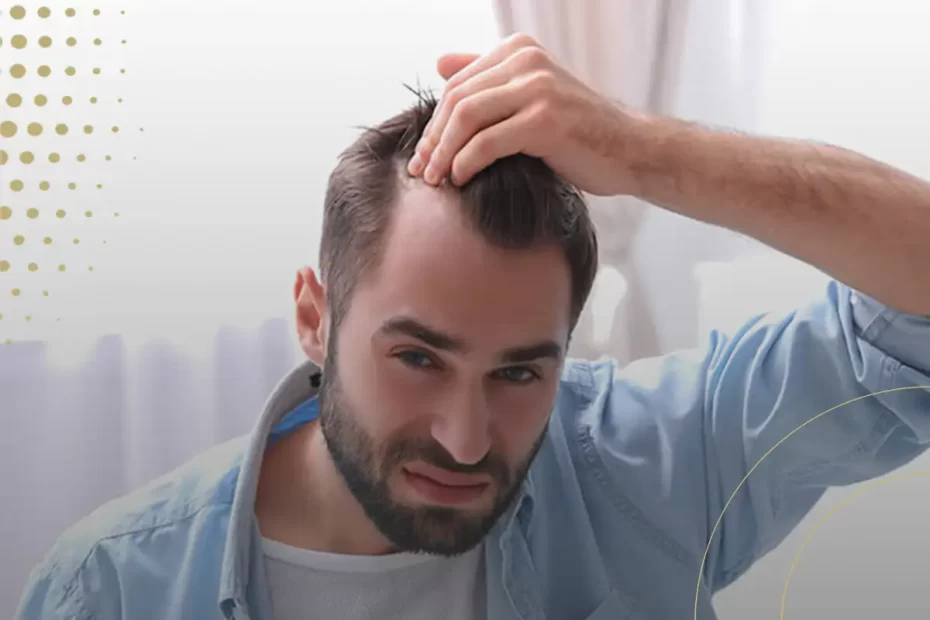When to Get a Hair Transplant?
Table of Contents
ToggleKnow When To Get Hair Transplanted
Abundant, shiny and beautiful hair is a representation of youth, fertility and pure beauty. Whether a woman or a man, those affected may experience psychological stress if their hair begins to fall out and becomes increasingly thin. But how do you decide when to have a hair transplant?
Above all, a hair transplant can alleviate the pain, because not everyone, especially women, has the courage to pick up a pair of scissors and a razor and proudly flaunt their bald head.
Hair transplantation for women
takes on its full meaning here. But first, it is important to identify the cause of hair loss. A Hair transplantation for women, for example, is not practical for several disorders that affect the hair.
The Diagnosis Is Presented First.
Hair loss to a certain extent is completely natural. You can lose up to 100 hairs per day on average. It is only when hair suddenly falls out in clumps and/or stops growing back that the issue becomes crucial. In this case, the affected person should first consult a doctor so that he can make a diagnosis and possibly start appropriate therapy.
Hereditary hair loss is the most common cause of irreversible hair loss in people of all genders. In most cases, the signs are obvious.
Androgenetic Alopecia
Hereditary hair loss in men, known by the medical name of androgenetic alopecia usually manifests itself in the early twenties. The first indication is a receding hairline, which worsens over time and becomes more obvious. A tonsure forms at the back of the head when the disease worsens. If hair loss persists, the tonsure will eventually become bald due to the receding hairline.
Hereditary hair loss in women usually begins later, often around the time of menopause. Unlike men, women lose hair at the top of their heads, which eventually causes baldness. Complete baldness in women is extremely rare.
Hereditary hair loss is caused by the hypersensitivity of the hair root to the androgen DHT, created from the male hormone testosterone. The only lasting and effective treatment for this type of hair loss is Hair transplantation for men.
Diffuse Hair Loss
Unlike androgenetic alopecia, diffuse hair loss affects the entire head. The causes are numerous and can include psychological factors, starvation and the negative effects of taking medications. Hair that falls out usually grows back as soon as the problem is resolved.

Circular Hair Loss (Alopecia Areata)
An autoimmune disease called alopecia areata causes the body’s immune system to mistake hair roots for foreign bodies and start attacking them. The follicles then become inflamed, leading to hair loss.
Disease-specific circular bald spots are the result. The precise causes have not yet been established with certainty. A hair transplant is not possible for people suffering from this disease, because the immune system would immediately destroy the transplanted hair roots with great difficulty.
Using Hair Transplant to Cover Scars In addition Hair Transplant can be used to cover unsightly scars, such as those left by a FUT hair transplant. At ClinMedica, we can use scalp micropigmentation to cover a minor scar, at least optically.
Of course, this option is also possible if the scar is larger or if the patient wishes to encourage hair regrowth in this area. After removing the unsightly scar tissue, the lesion is closed using the trichophytic procedure. The grafts are then inserted into the area around the scar and into the scar itself.
Grafts can also be inserted directly into scar tissue. This is particularly advisable if the donor scar is straight.
Doctors specializing in hair transplantation of ClinMedica are aware that grafts have less favorable growing conditions and that deposits can lead to hardening of the scar.

